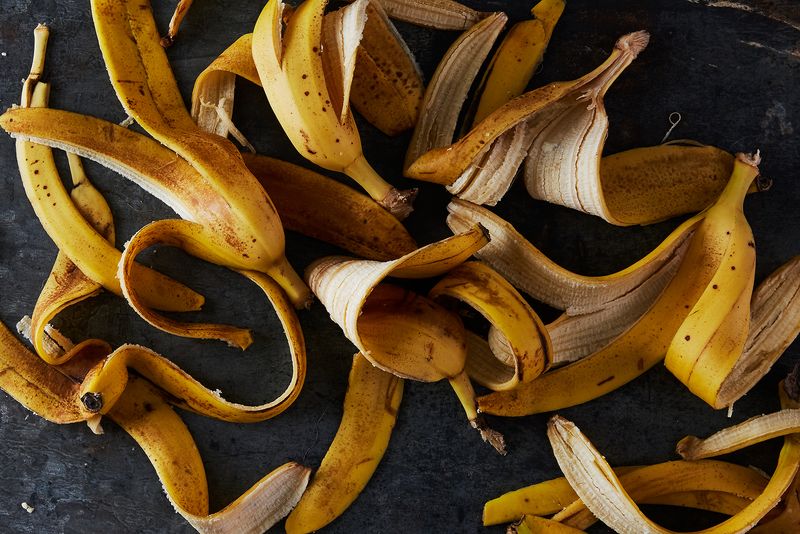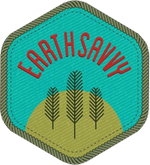

Remember when you were a kid and you’d throw a bunch of random, possibly inedible things into a bowl, mix it all up and pretend you were Alison Holst? “And now you stir it like this”. Ah, those were the days. Well…that’s a little how it feels to make Banana Peel Cake.
To be honest, as an adult, there’s something pretty unnatural about putting banana skins into a food processor with a view to cooking and eating them.
And why, I hear you ask, did I want to eat banana skin? For curiosity’s sake…and for a cause.

Last week, I was very happy to be invited to the launch of Love Food Hate  Waste, a collaboration between 59 councils across NZ and WasteMINZ who have joined together for a 3-year campaign. Their aim? To raise awareness of food waste.
Waste, a collaboration between 59 councils across NZ and WasteMINZ who have joined together for a 3-year campaign. Their aim? To raise awareness of food waste.
Now you’re probably already aware that people throw away food. We’re all guilty of it. The occasional moldy bit of bread…a rotten apple. But when you look at the statistics, the scale of the problem is actually quite horrifying.
Worldwide, one third of food that is produced is wasted. I’m sorry…can you repeat that? ONE THIRD.
In NZ, our land of plenty, families are chucking away $563 worth of food every year, or a combined effort of $872 million. That’s over 122,500 tonnes. If you’re having trouble visualising that, try picturing 213 jumbo jets. That’s how much NZ families are chucking out every 365 days.

That’s a lot of waste. And, personally, it’s not so much the wasted money that bothers me…although all that cash in the trash is rather silly. My biggest concern is the massive impact all of this food waste is having on our environment.
Worldwide, consider the 1.4 billion hectares of land required to grow all that uneaten food, the 300 million barrels of oil required to produce and transport it and the fact that one quarter of fresh water consumed each year is used to produce food that we throw away.
All that is bad enough. And then we have the other end of the problem happening in the piles of garbage, we lovingly refer to as ‘landfill’. 40% of the content in our rubbish bags is food waste (which is appalling in itself…why are we not composting the lot?). Food that breaks down in landfill does so in suffocating circumstances. With no access to oxygen, the rotting food creates methane, a greenhouse gas that is 20 times more damaging than carbon dioxide.
If food waste were a country, it would have the third largest carbon footprint, behind China and the USA.

Back at the Love Food Hate Waste (LFHW) launch, we discovered that food destined for the rubbish can, in fact, taste spectacular. As we nibbled on canapes care of Scarecrow chef Ben Barton who had taken dumpster-dived ingredients and transformed them into delicious culinary creations, we listened as LFHW project manager, Jenny Marshall explained the hidden issue of waste. “The problem with food waste is that it’s the invisible environmental crime. We all notice the car with the smoky exhaust but when one banana goes brown and gets thrown in the bin, no one really thinks twice. It’s only now we know that this adds up to 18 million bananas going to landfill each year.

All of this…and we have people starving around the world? It’s absurd. Something needs to change. We need to change.
But, Jenny continues, the good news is that “food waste is a problem with solutions, solutions that are already working in places like Denmark where they have cut their food waste by 25% in 5 years.”
In France, it is now illegal for supermarkets to throw away edible food.
So what can we do in New Zealand? What can you do in your own household?
- Plan your meals
- Once a week, I sit down with a pile of recipe books from the library and find a week’s worth of dinner recipes. Then, when we go to the markets to get our fruit and veges, we know exactly what to get. It saves time, money and sanity. You don’t find yourself wondering “what am I going to make for dinner?” And you know that you will have all the ingredients you need.
- Make a shopping list…and stick to it
- Keep a list in the kitchen and add to it as you run out of items.
- Eat your leftovers
- We always make enough food so we’re covered for lunch the next day. So much easier!
- Prolong the life of your food
- Refrigerate, freeze, preserve.
- Think twice before you throw away those scraps
- Transform stale bread into bread and butter pudding, use up leftover veges in a soup or frittata.
- Compost! It’s easy, cost-effective and a win for the environment. If you’re in Auckland, check out one of the free composting workshops run by the Compost Collective.
And if you want to be a food waste superhero and take it to the next level, engage with your community and spread the word.
The message is simple…Love Food…Hate Waste!



